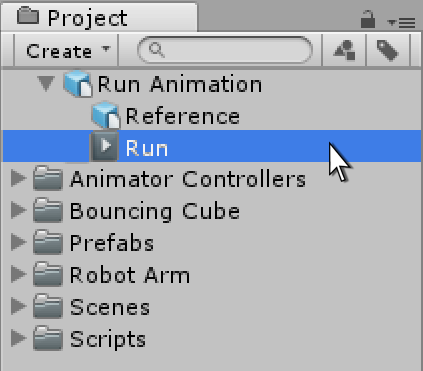

- #EXTERNAL HARDWARE FINGERPRINT SCANNER UNITY3D UPGRADE#
- #EXTERNAL HARDWARE FINGERPRINT SCANNER UNITY3D CODE#
Smart home hub integration If you have an existing hub like the Wink Hub 2, Samsung SmartThings, or an Apple TV, you’ll want to ensure your chosen smart lock is compatible from the start. You can continue to use a standard key from the outside or open the lock via a smartphone app. Instead, they are installed on the inside of the door only, replacing only the interior part of the deadbolt. A sizeable number of smart lock products don’t require you to replace all your existing hardware. Replace or retrofit? You’re forgiven if you don’t want to replace your antique doorknob on your vintage Victorian with a metallic device that looks like it would be more at home keeping people out of a strip mall bank branch. That’s fine if you’re looking to get rid of the keys in your pocket, but less impressive if you want to make your entrance portals a true part of your home network. These work with a smartphone app, but can’t be monitored remotely or via a smart home system. One step up from that, you’ll find Bluetooth-only locks.
#EXTERNAL HARDWARE FINGERPRINT SCANNER UNITY3D CODE#
How smart is it? An important caveat to consider first: Some “smart locks” don’t work with a smartphone app or any smart home networking hubs at all they’re really just electronic locks that use a code instead of a key to open up. That said, here are some key considerations to take into account to help you narrow down your shopping list. The bottom line is that it’s tough to declare that any product is universally perfect for every home. Even top products can balk when dealing with old or stiff deadbolts, doors that don’t shut well, or environments where non-standard fixtures are in use. How do you pick a smart lock? (No pun intended.) This is a young and wildly immature space, and many products on the market are still extremely rough around the edges. It’s not perfect-it’s big, bulky, and not very very attractive-but there’s nothing else like it on the market. The Lockly Vision reduces the number of security devices you’ll need to deploy on your porch by combining a powerful smart lock with a great video doorbell. Lockly Vision successfully integrates two complex smart home devices-a deadbolt lock and a video doorbell-into a single, compelling security device.

#EXTERNAL HARDWARE FINGERPRINT SCANNER UNITY3D UPGRADE#
Whether you have a teenager who tends to break curfew or merely want to give temporary access to houseguests, service providers, or Airbnbers, smart locks are an incredible upgrade over the old way of doing things. Ready to make the jump to smart lock technology? Here are our top picks of the market at the moment. In a more advanced setting, different keys can be generated for the same lock, so a homeowner can tell when each member of the family came in, or when the housekeeper arrived.

Digital locks can be changed at a moment’s notice (which is why that old hotel key card in your wallet isn’t good for anything), and the property owner can generate a record of when each door was opened.

Lost hotel key card? Replacing it is no big deal.īut the biggest benefit of electronic entry systems is that they are highly configurable. The electronic solution is just so much simpler. On the flipside, hotel guests have readily accepted key cards (and in some cases, smartphone-based solutions) as the primary means of getting into their room. Hotels learned long ago that keys are easily lost, expensive to replace, and simple to bypass, as thieves can pick locks or simply make copies of a key to allow for unfettered future access. You can thank the hospitality industry for finally pushing locks into the digital age. Updated September 1, 2021 to add a link our news story covering Yale Home’s announcement that it was upgrading its Yale Assure line of smart entry locks to the Z-Wave 700-series. As a society, it’s been tough to replace a system that has worked reasonably reliably for literally a millennium. While traditional lock-and-key systems have improved over time, the basic mechanism hasn’t really changed since the first lock was invented more than a thousand years ago: A piece of metal that is just the right shape pushes pins inside a lock into the proper position, allowing the lock mechanism to turn.


 0 kommentar(er)
0 kommentar(er)
